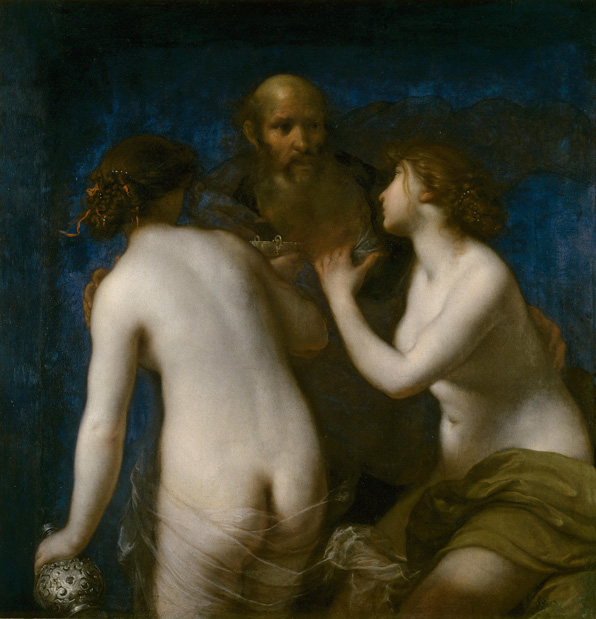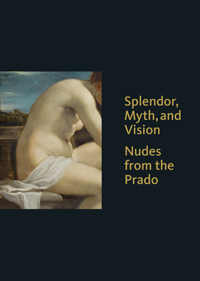
June 11–October 10, 2016
the nude figure in history painting
Francesco Furini
Italian, 1603–1646
Lot and His Daughters, c. 1634
Oil on canvas
48 3/8 x 47 1/4 in. (123 x 120 cm)
Museo Nacional del Prado, Madrid
P00144
Narrative subjects drawn from the Bible, ancient history, and mythology—collectively called history paintings—provided artists opportunities to depict nude figures. History painting, which was considered the highest form of artistic achievement, drew on the painter’s skill in portraying emotions and the body in action. Artists learned to depict the human form by drawing or painting in front of nude models or antique sculptures. At the same time that artists drew from these models, they also worked from their imaginations in seeking to idealize the body.
Subjects such as Susannah and the Elders, Lot and His Daughters, and Cleopatra gave artists an excuse to paint the female nude, often with erotic impact. In contrast, paintings of the male nude usually emphasized ideal physical form and strength rather than overt sexuality. These differences in approach developed from a variety of social, cultural, and religious factors, including differing attitudes towards the depiction of the nude in Northern and Southern Europe.
A fully illustrated catalogue accompanies the exhibition, with an essay by Javier Portús on the Spanish royal taste in collecting and the role of the sala reservada, as well as a contemporary response to understanding the nude in Renaissance and Baroque painting by Jill Burke. The catalogue is published by the Clark and distributed by Yale University Press. Call the Museum Store at 413 458 0520 to order.



